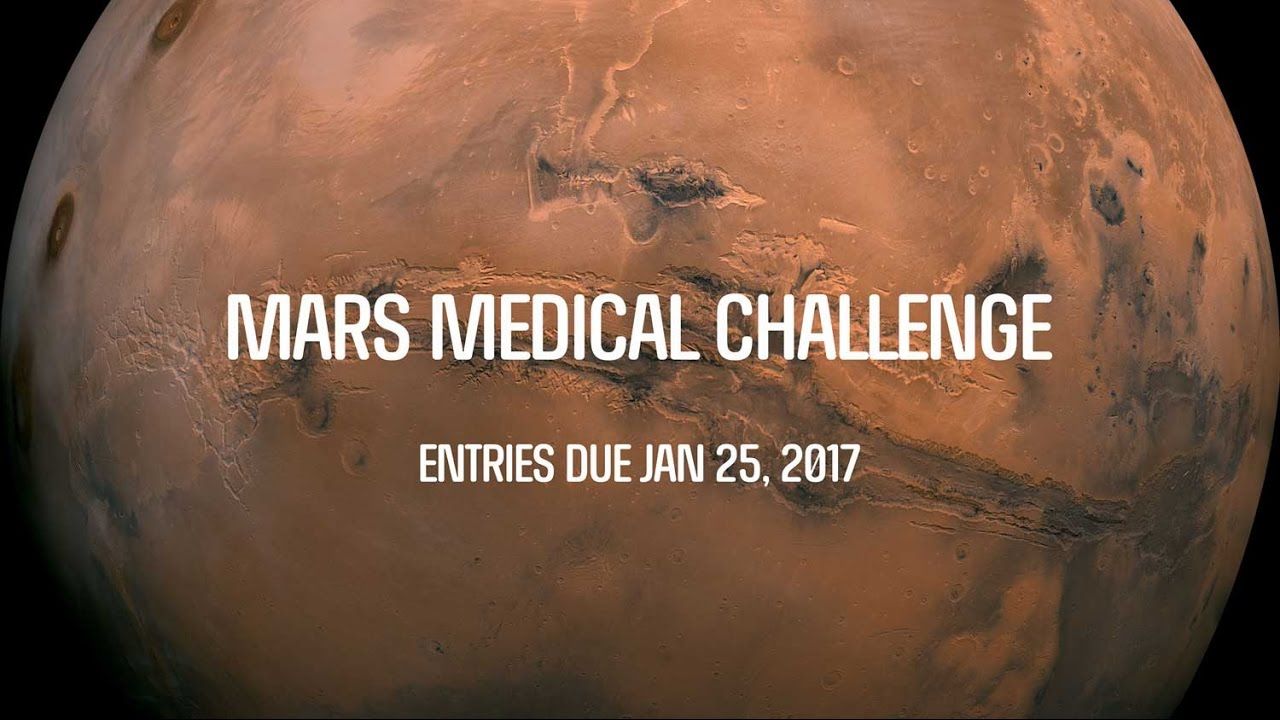Nov 17, 2016
Watch your day in 2020 [ Future Technology ] [HD] 2016 VIDEOs 1080p — Discovery & Documentary
Posted by Shane Hinshaw in categories: education, futurism
We share information only for educational purposes.
Subscribe & Join us :

We share information only for educational purposes.
Subscribe & Join us :
More supporting data that higher education is good for longevity.
National Academy of Sciences.
““The School of Humanities and Sciences is systematically re-thinking how we teach entry-level courses in the sciences,” said Richard P. Saller, dean of the School of Humanities and Sciences, during opening remarks for the event. “Half of all freshman enrollments in Stanford are in beginning-level sciences and math. We have tremendous impact by raising the level of teaching in these areas.””
Everyone’s talking about private industry getting humans on Mars. Mars trips! Mars houses! Mars colonies! But no one’s going anywhere without the help of one brilliant, peculiar, fantastical space center—NASA’s Jet Propulsion Lab, which is behind almost every amazing feat in the history of space travel. August 2012.
At 2:00 a.m. in the blond hills of La Cañada Flintridge, California, one house stands lit among the others—an open eye in a sleeping town. Bryn Oh, the woman who lives in the house, helps her son Devyn, eight, walk his bike to the parking lot of the high school across the street. Devyn, who just learned to ride, wobbles for a few minutes before pedaling furiously out into the darkness, letting off a whoop as he gets going. Bryn’s older children, Ashlyn, ten, and Braden, thirteen, watch as he goes. David Oh, Bryn’s husband and the reason they’re all up at this uncivilized hour, isn’t there to see it. He’ll arrive home around 3:00 a.m., when he gets off work. Tomorrow will probably be closer to 3:40. Bryn has it all worked out on a spreadsheet.

The team of NASA, the American Society of Mechanical Engineering (ASME), and online educational platform Future Engineers has been a lot of fun to follow over the last year. Their collaborative 3D Printing in Space Challenges have resulted in some amazing, ingenious inventions from children as young as five years old, all aimed at improving the daily lives of astronauts now and in the future, on the International Space Station and, one day, on Mars.
Encryption is something we all rely on regularly to keep our information safe online, but many of us have experienced it since childhood, and in fact probably used it in school. If you ever wrote out a message in code that nobody could read without they knew the decipher rules, you messed around with encryption!
That same secret message technique has now been put to a much more worrying use. Google has created multiple AI and they’ve learned how to not only create their own encryption, but are now communicating using messages nobody else can read.
This Google Brain project is an experiment in deep learning techniques and involved the use of three neural networks (Alice, Bob, and Eve) created using artificial neurons. These neural nets work like a much simplified version of our brains, and they are slowly and steadily becoming more intelligent.
Continue reading “Google’s Alice AI Is Sending Secret Messages To Another AI” »
Maanasa Mendu thinks she’s cracked the code on how to make wind and solar energy affordable.
On Tuesday, Mendu, a 13-year-old from Ohio, won the grand prize in the Discovery Education 3M Young Scientist Challenge for her work in creating a cost-effective “solar leaves” design to create energy. In addition to winning the title of “America’s Top Young Scientist,” she gets $25,000 for her achievement.
The leaves, designed to help developing areas in need of cheaper power sources, cost roughly $5 to make.
Cross-party report suggests the education system must be adapted to “focus on things that machines will be less good at for longer”

https://www.youtube.com/watch?v=BVett3htjBM
Interstellar travel is the term used for hypothetical manned or unmanned travel between stars. Interstellar travel will be much more difficult than interplanetary spaceflight; the distances between the planets in the Solar System are less than 30 astronomical units (AU)—whereas the distances between stars are typically hundreds of thousands of AU, and usually expressed in light-years. Because of the vastness of those distances, interstellar travel would require a high percentage of the speed of light, or huge travel time, lasting from decades to millennia or longer.
I Don’t Not Own Any Of This Content. Hope You Enjoy.